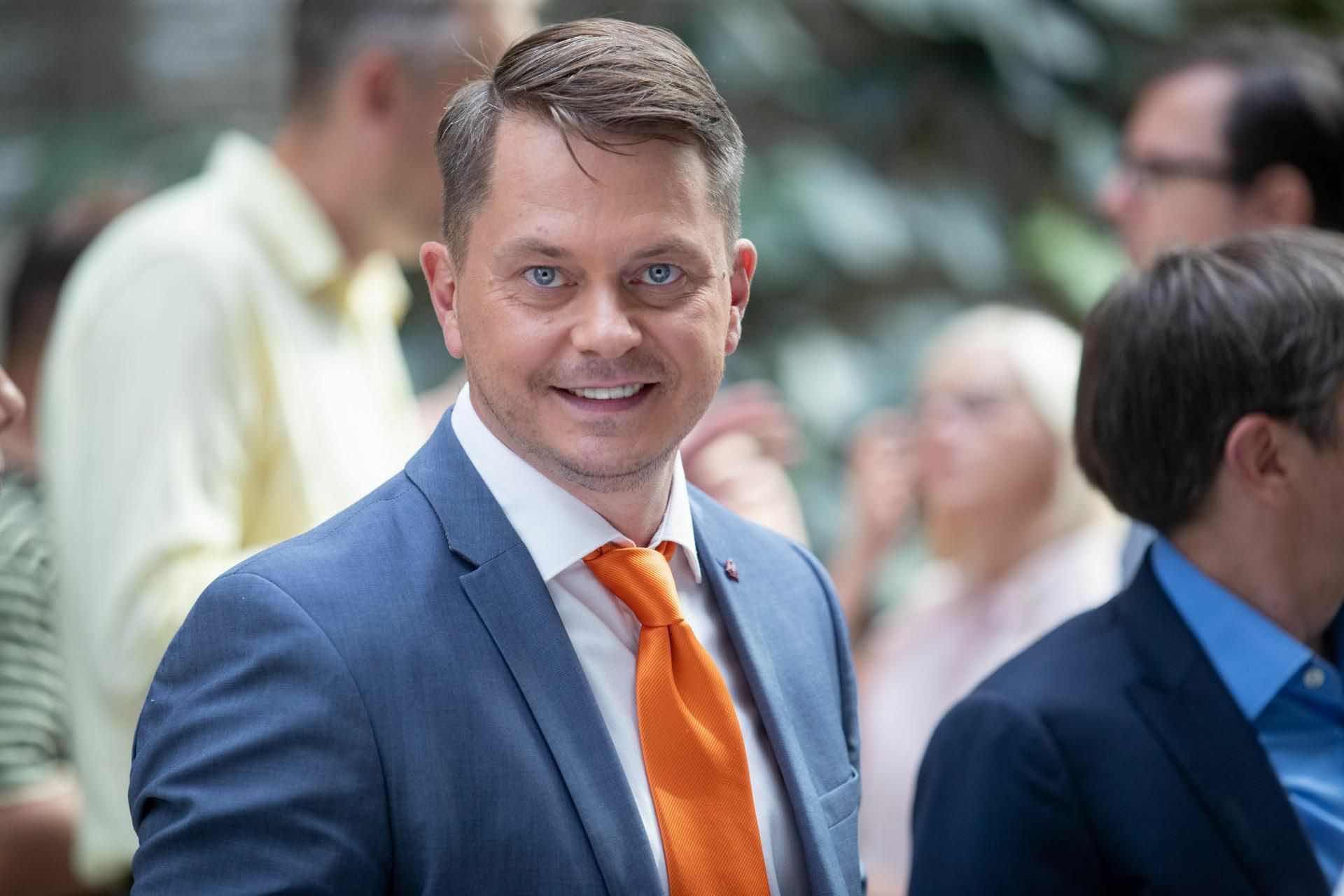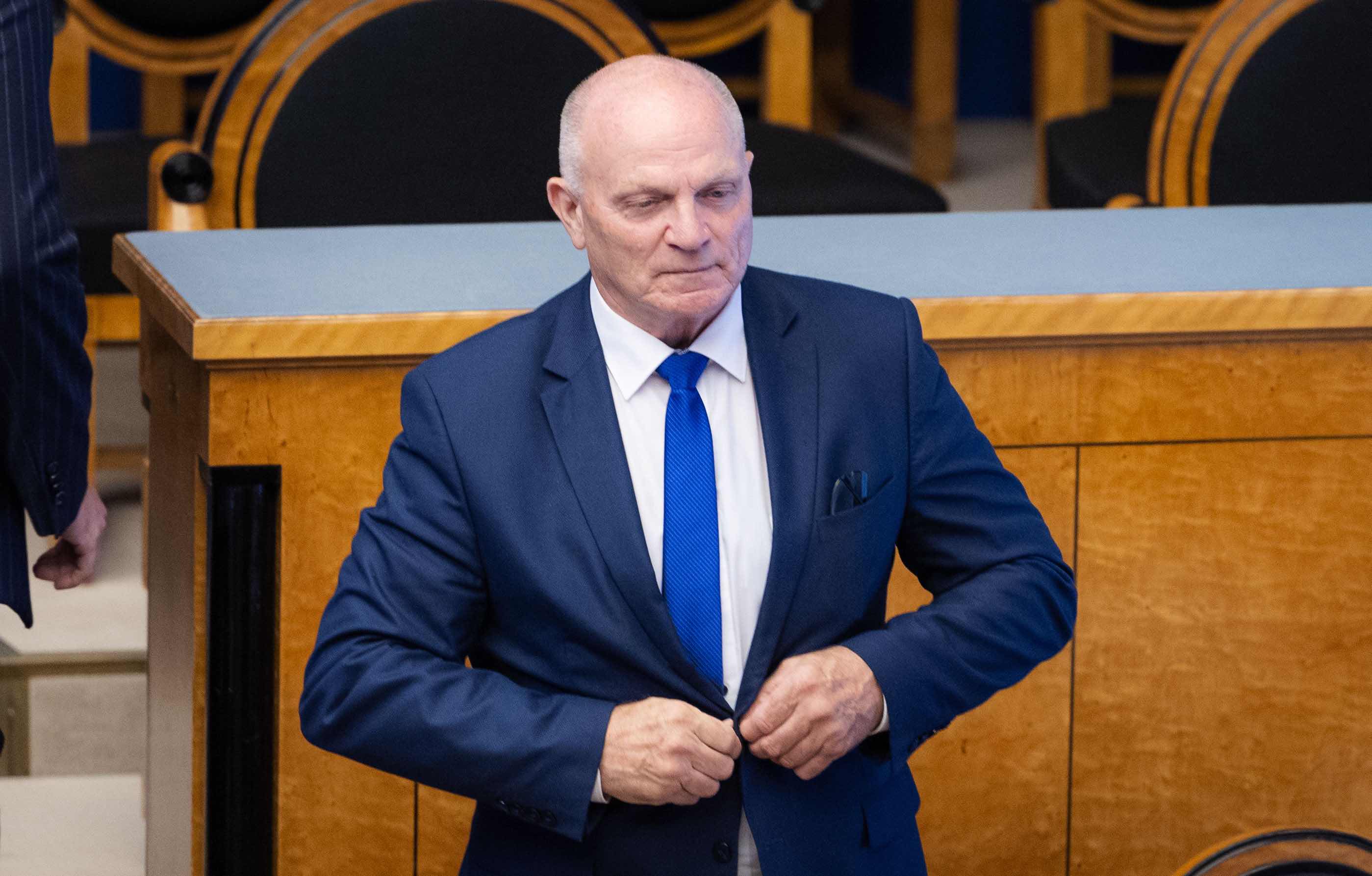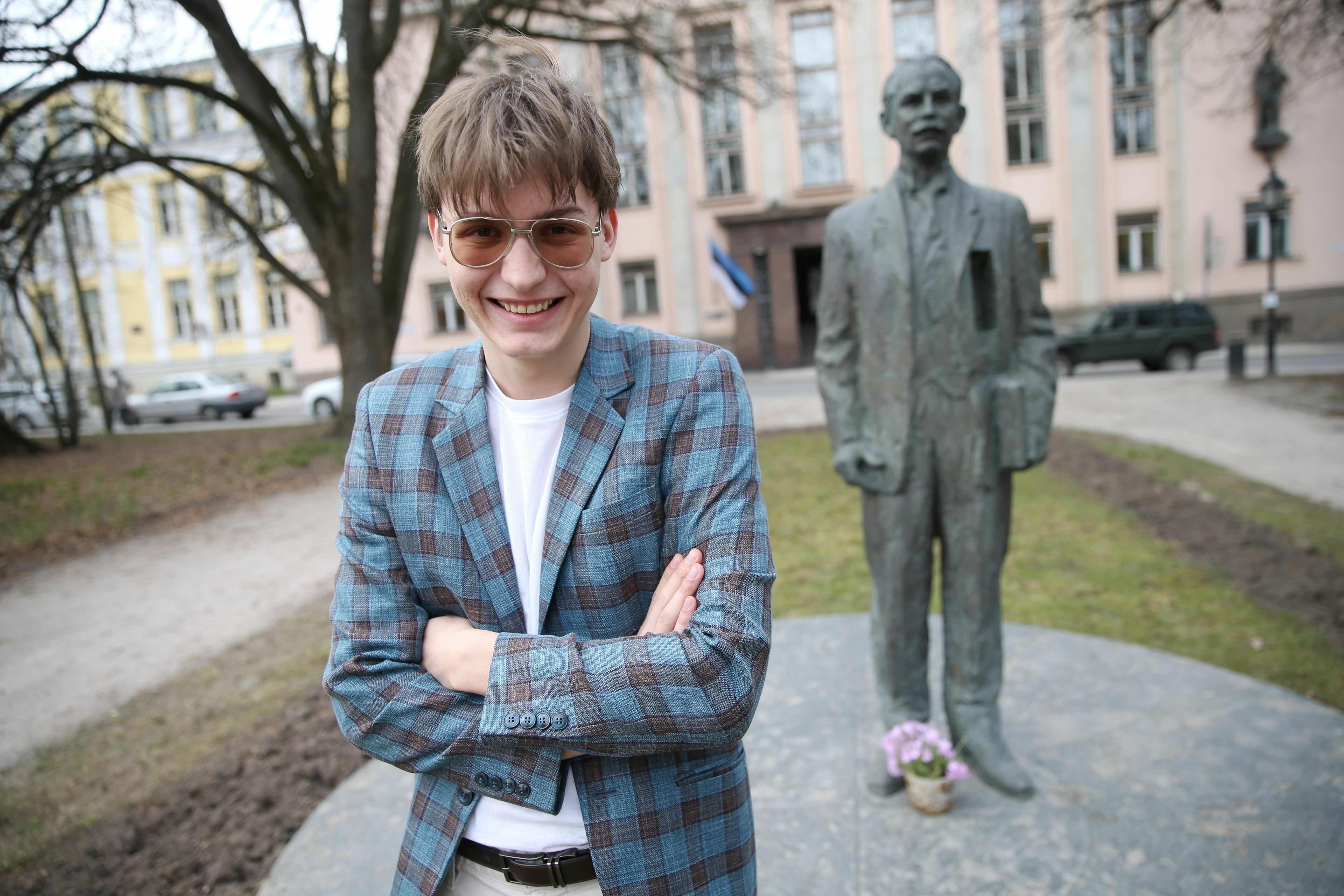Vox Populi

Liina Kersna
former minister of education (Reform Party)
The most important thing that both the state and local governments can do for schools transitioning to Estonian-language education is to remain committed to the decisions made. The goal must be clear, understandable, and unwavering. It must be irreversible. Problems are inevitable with any major reform, and that is natural and unavoidable.
At the same time, we must remember that all problems are solvable if the goal is clear. Emerging issues need to be addressed promptly and flexibly at all levels -- the state, school managers, school administration, and teachers at the classroom level. A successful education system largely depends on trust; the state must trust school managers, school managers must trust school administrators, school administrators, parents and children must trust teachers, and teachers, of course, must trust students.
However, trust has to be earned. This crucial reform must be implemented in a way that increases trust among all parties rather than diminishing it. The state has provided, and continues to provide, extensive support to schools for instruction in Estonian and the use of modern teaching methods. This is to ensure that all young people living in Estonia have equal opportunities in our society.

Heljo Pikhof
chair of the cultural affairs committee of the Riigikogu (Social Democratic Party)
The transition to Estonian-language instruction is undoubtedly a crucial and multifaceted reform, posing a serious challenge to the state, local governments, schools, and families. A crucial reform such as this, seeking to integrate Russian-speaking children into the Estonian language and cultural environment and open more doors for them in the labor market, must not fail.
There is reason for optimism. Despite major disagreements between our parties, there is a broader political consensus in this case, which was clearly evident in the cultural affairs committee of the Riigikogu. It is encouraging to see the smooth start of the reform—while earlier this year there was talk of a severe teacher shortage, this problem has largely been overcome. The Ministry of Education and Research, along with local governments, has made significant efforts. For example, the City of Tallinn has generously funded the transition to Estonian-language education and organized Estonian language courses for teachers whose first language is Russian, supporting their language learning and "language migration." This work continues, as having teachers proficient in Estonian remains a key issue for the reform in the coming years, especially in East-Viru County.
This reform is a continuous process requiring wise and well thought-out decisions. The quality of education for both Russian-speaking and Estonian-speaking children must not suffer. Special attention is needed for Russian-speaking children with special needs.

Andres Kaarmann
member of the governing board of The Right
Currently, we have seen slogans and statements suggesting that the transition to the official language has already been completed successfully. However, the real work has only just begun—the Ministry of Education must use all methods available to monitor whether Estonian is indeed being used in schools, send evaluators to observe classes, and respond appropriately to poor results. The transition can only succeed if both the state and local governments adhere to principles and demonstrate diligence.
Learning in the official language is not just a privilege but also a duty. Acquiring basic education in state and municipal schools is mandatory and funded by Estonian taxpayers. It is extremely regrettable that taxpayers have long endured a situation where our school education does not meet Estonia's interests and expectations. Moreover, tens, if not hundreds, of millions of euros have been spent from the state budget on the transition to Estonian-language schooling, with very modest results.
The challenges and shortcomings of transitioning to Estonian language instruction have been known for decades. Whether due to inability or unwillingness to lose support among Russian-speaking voters, these issues have often been overlooked. Unfortunately, it is not just a matter of pointing fingers at some problematic municipalities that, for understandable reasons, have not wanted to rush the reform. The state's inconsistency and the granting of exceptions, alleviations, and concessions have also hindered progress.

Vladimir Arhipov
member of the Riigikogu (Center Party)
Our common goal should be for all children living in Estonia to be proficient in Estonian, but this requires creating the necessary opportunities. Currently, not all details have been considered, leading to a situation where the primary requirement for the person standing in front of the class is proficiency in Estonian, with less emphasis on their education and qualifications.
In Estonian schools, there are approximately 4,000 teachers whose qualifications do not meet the required standards, affecting the quality of education of our children. The transition in Russian-speaking schools is complex and requires strong and multifaceted support from both the state and local governments. This has not been fully achieved, leading most Russian-speaking families to prefer Estonian-speaking schools over transition schools. The inclusion of Russian-speaking children in Estonian-speaking classes demands extra attention from teachers and slows the entire class's learning pace. Local governments should have a specific program for the transition to Estonian-language education. In Tallinn, this was created during the Center Party's administration and is now being implemented by the current city government. The biggest problem in the entire Estonian education system is the shortage of teachers, which has led to the closure of rural schools, negatively impacting smaller municipalities.
Many young teachers do not start teaching after graduating from university, even though their education was free. The state should consider measures such as mandatory employment in schools or kindergartens after studies, which could help alleviate the teacher shortage. Of course, implementing this through compulsion is challenging; effective motivational measures are needed.

Daniel Kõiv
advisor to the minister of education and research, board member of Estonia 200
September 1 of this year is historic, as for the first time since the restoration of Estonia's independence, all first-grade students began their studies in Estonian. This is a reason for all of us to feel proud. Estonia 200 has delivered the long-awaited change of a unified Estonian-language school—an initiative led by Kristina Kallas and Aleksei Jašin. However, it is often forgotten that this is the largest education reform in Estonia's recent history, and likely the most expensive one as well—over seven years, the state will invest nearly 500 million euros in the transition. All this is to ensure that all Estonian children, regardless of their native language, have the opportunity to receive high-quality education in Estonian.
Such a significant investment in education allows school managers to offer more support to transition schools: higher teacher salaries, new and updated teaching materials, diverse methodology training, and more. The state has also increased the number of teacher training positions by 400, and let us not forget that this year saw a record number of applications for teacher training programs—twice as many people wish to become teachers as five years ago. Nevertheless, for the transition to succeed, it is crucial for the public to take a moment to reflect and give our schools, teachers, and students the peace they need. Let us trust our teachers; they know what they are doing.




